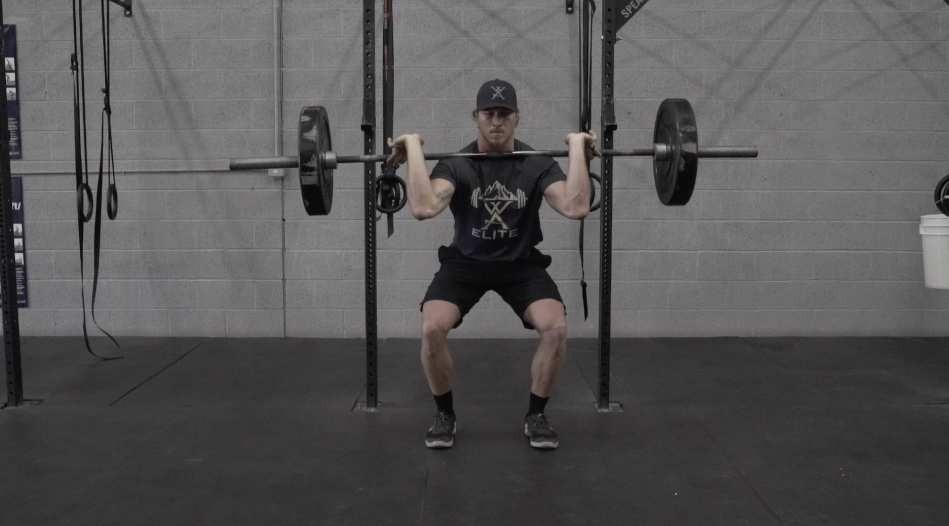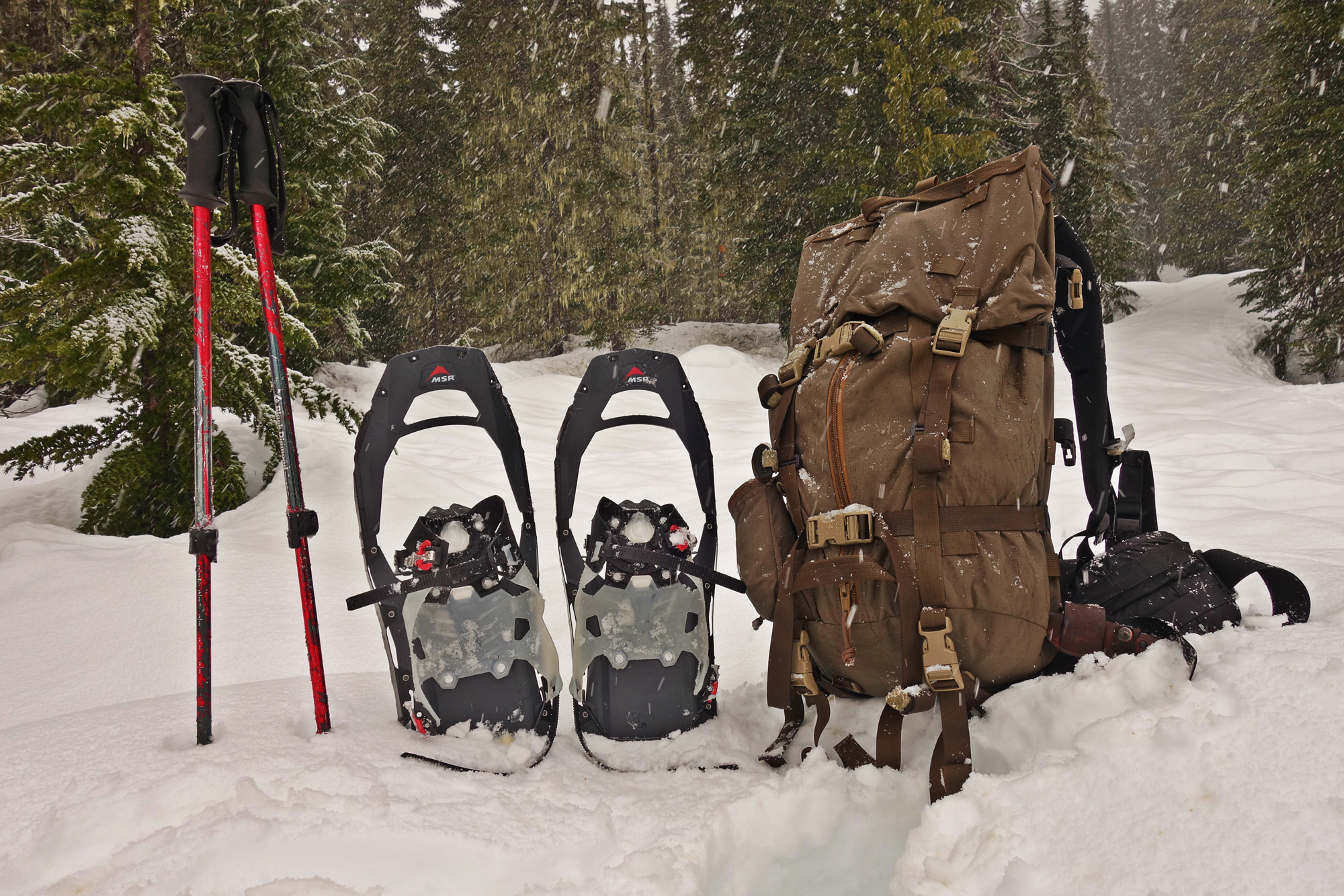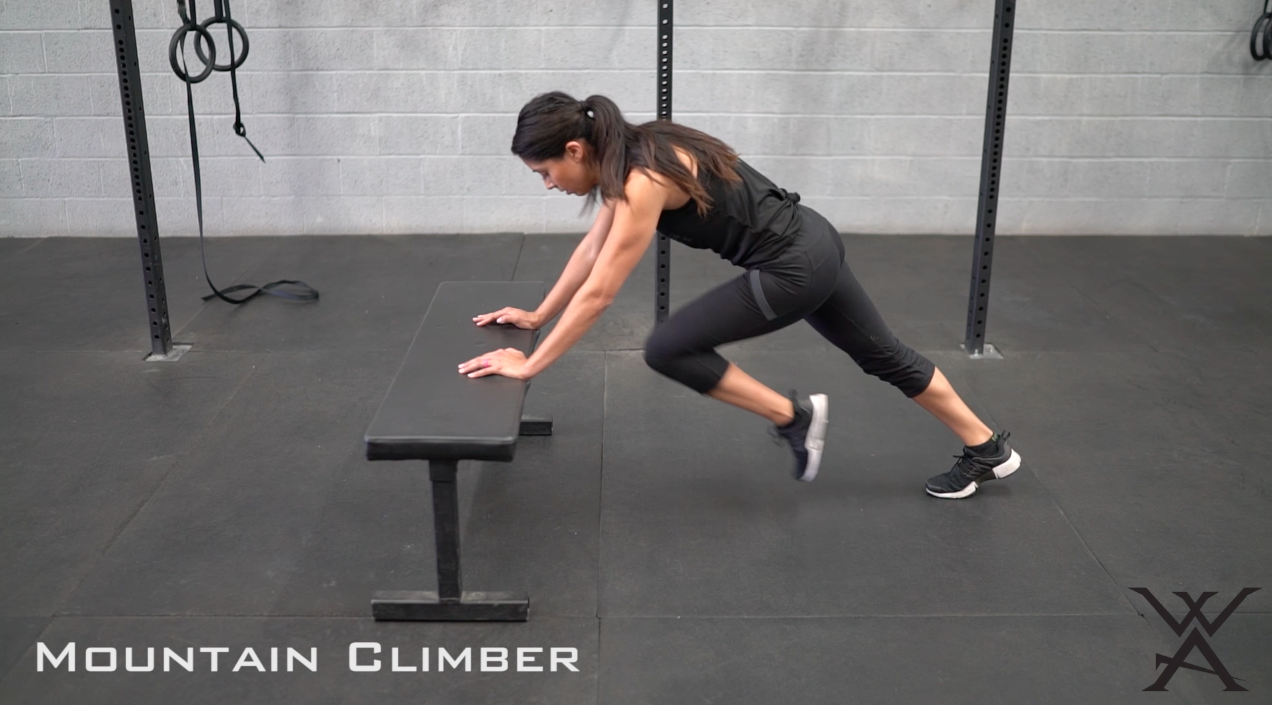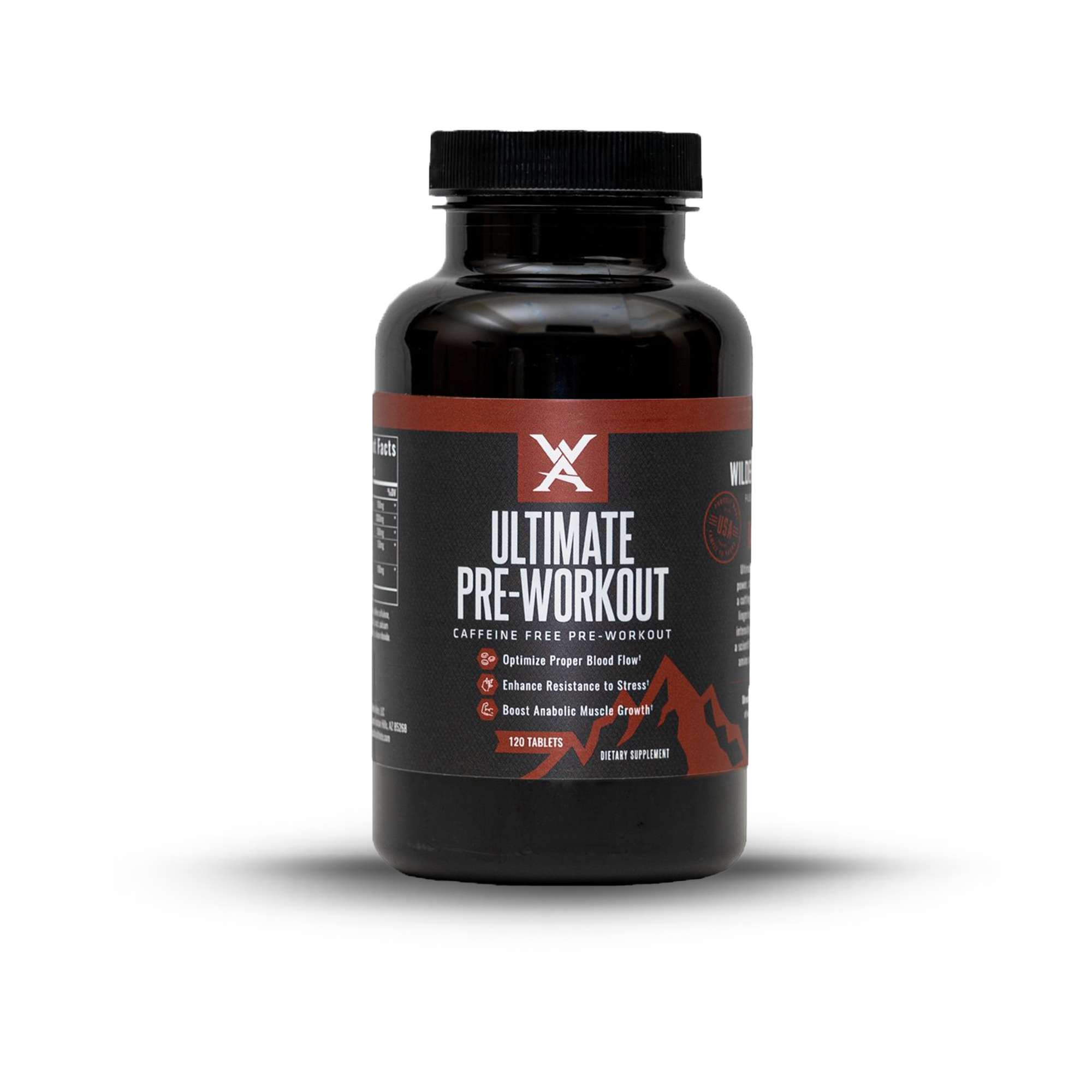The human body was not meant to be sitting as much as we do today in our daily lives. As a result of increases in technology and cultural shifts in social media and TV, our lives have become more sedentary in our society. Certain posture and psychological symptoms have become more popular due to our lack of movement.
After looking at the importance of upper body posture and stabilization a couple of weeks ago, we will now focus on the lower body, specifically our hip alignment and glutes. Understanding how we can improve and maintain our pillar’s stability, mobility, and overall strength is imperative to the future of our health and wellness.
Desk jobs cause people to sit for 8+ hours a day, then people usually sit for another 10 hours while driving or plopping on the couch. Becoming proactive with how we can change our daily sitting time will begin to alter the posture of both our mind and body.
EFFECTS OF BAD POSTURE
Glute deactivation happens when we don’t use them enough, as simple as that. So, the phrase “if you don’t use it, you lose it” makes perfect sense here.
What happens is, when you sit, your glutes and hamstrings are overstretched and become weak, causing our motor units to literally shut down and allow for overcompensation. This is extremely important because you may begin to notice pain in your lower back, which is being caused by shortening hip flexors and now nonexistent glutes. Your lower back is now being compressed because of a pelvic tilt and other muscles are compensating for what the glutes should be doing as a muscle group, which is keeping us upright.
As we previously mentioned from upper body posture and stability, indirect pain may be shifted to other parts of the body even though it is being caused by lack of stability in the pillar, most commonly is low back pain.
HOW TO CHECK YOUR POSTURE
Without getting too in depth here, because we could go on and on with this topic, let’s look into a quick way to test your glute strength and stability with a couple screens:
Unilateral Lunge
Measure the length of the Tibia (shin bone), place feet that measured distance away from each other, with square shoulders, hips and toes, drop your back knee to the front heel and stand, returning the back heel to the floor. Check deviations.
Glute Bridge
Lay on your back, feet flat on the floor with knees to the sky, shoulders flush on the ground with hands to your side. Pull your belly button to your spine and push through your heels, driving your hips to the sky with the goal to bring your knees, hips, and shoulders in a straight line.
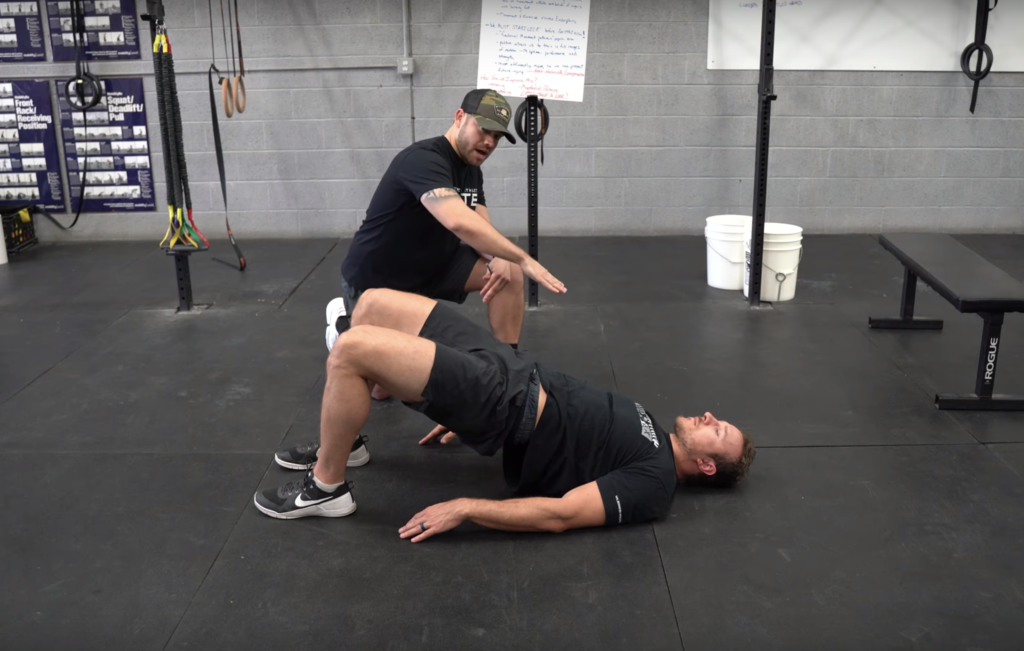
Overhead Squat
Place your feet in a comfortable width to squat, place a PVC pipe on top of your head with your hand placement creating 90 degrees at the elbows. Pull yourself into the deepest squat possible while simultaneously extending the elbows driving the PVC to the sky. Check deviations.
HOW TO FIX THIS PROBLEM
The best way to counteract all the sitting we do is to, well, not sit as much.
How else can we help defeat this numb butt phenomena? Let’s take a look:
- Sit tall on a physio ball at your desk
- Sit on the edge of your seat with your knees lower that your hips, feet flat on the floor
- Use lumbar support when sitting
- Stand up and walk or stretch for five minutes every hour
- Stretch your hip flexors, strengthen your glutes (see exercises)
- Glute Squeezes on your chair
Small adjustments in our daily lives will allow our body to properly align itself and begin to shift itself back into good posture. Like any change in life, especially in an area that has been neglected for so long, it is important not to overwhelm yourself with a bunch of new variables in your life. Focus on small, incremental changes, because those are the ones that will allow for future success as you look to make those larger adjustments.
Once you feel comfortable with where you are at in your small improvements, we can then look more into how we can combo mobility, flexibility, and strength training to manage our stability and posture. Glute activation will be key to the ability to not only bring your motor units back to life but help recruit more. Training the glutes will be more investigated in the attached corrective exercises.
FINAL THOUGHTS
As mentioned in the previous Wild Skill on upper body posture and stability, adjustments may take time. Be sure you remain consistent with your changes and be sure to keep yourself accountable because if you don’t, improvements in your posture and stability will more than likely not happen for you. If you do stay on top of your changes, however, you will notice the changes in your body. Suddenly, your hips may not feel as tight, your low back pain is subsiding, and your overall well being may even be increased.
Our body has a special hormone called endorphins, and when we exercise these “feel good” chemicals are released. This is extremely important to understand because movement literally fuels the body with happiness. So, strive to continue to move, but shift your focus to do it with the best posture both physically and mentally.


